You’ve got all manner of classic and modern designs on the market, which we’ll look to explain to you and outline how they individually function.
We’ve timed this door guide to coincide with National Home Security Month, a yearly initiative held each October to emphasise the importance of ensuring your property is secure.
Discover the features that separate the medley of doors available, in what form they can be provided, and learn what house type they most suit.
Summarising 8 Door Styles
Flush – The minimalist flush door is mostly used internally within new build homes.
Panel – Either featuring square or rectangular panels or combination of the two, and suitable for all home ages.
Glazed – This glass-panelled door invites a seamless flow between neighbouring rooms.
Stable – Configured so that it has top and bottom halves, generally employed in rural-based dwellings.
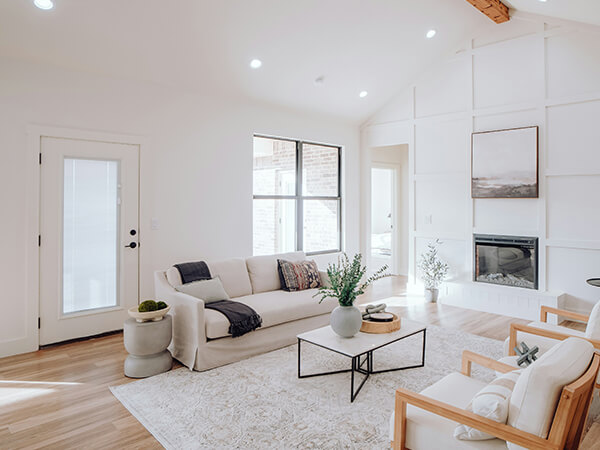
French – Traditional-minded householders love the double opening and elaborate large glass panels.
Fire – Homes with three storeys or more are required by law to have fire-resistant doors.
Patio – Manoeuvred open with a push motion to unify indoor and outdoor spaces.
Bi-Fold – Folds in a similar fashion to an accordion, a popular enhancement for modern properties.
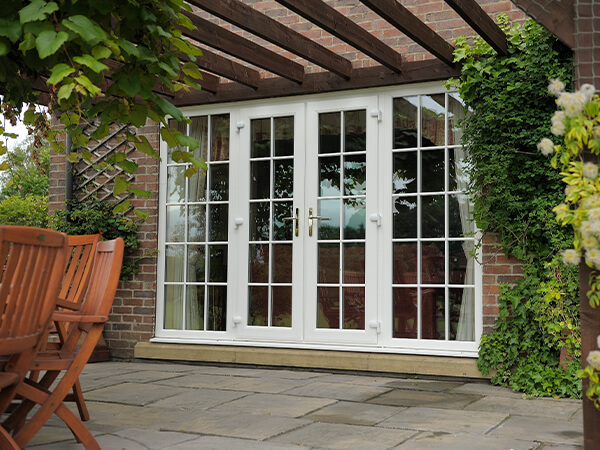
Meet The Materials
Some door styles and materials make for a perfect pairing and have differing characteristics and attributes.
UPVC – For affordability, UPVC comes out on top and offers an impressive level of thermal efficiency and soundproofing, not to mention also being very low-maintenance. Appropriate for front and back doors.
Composite – Because it’s manufactured from numerous materials, a composite door frame is incredibly tough and therefore an ideal front entryway. Its GRP outer skin stops weathering from taking its toll on its appearance.
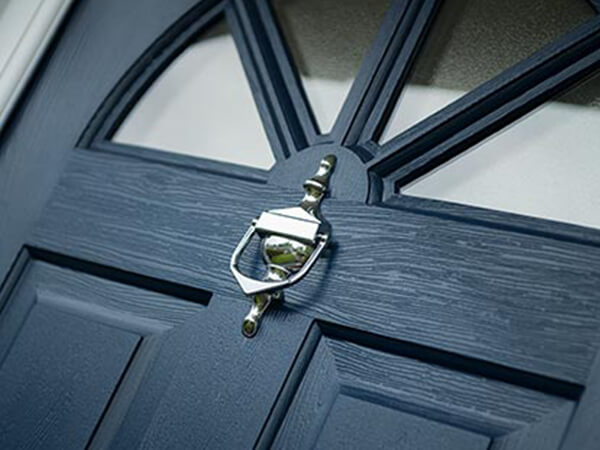
Aluminium – Sleek and lightweight maybe, but aluminium doors have remarkable strength and flexibility, which is how it’s simple to craft them into bi-fold, patio and entrance doors.
Timber – Doors built using high-quality timber don’t succumb to decaying and are vastly easier to preserve than doors composed of cheap wood. They can be modelled into almost any size or shape.
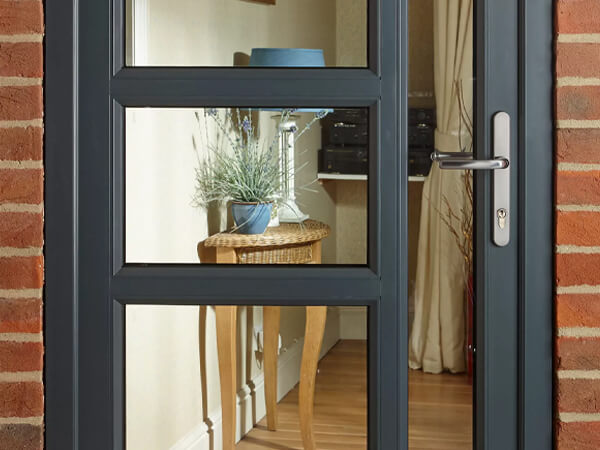
Determining What Door to Buy
You want a door that complements your home’s character so that it effortlessly integrates. Follow our recommendations to point you in the right direction.
Detached – Composite and timber doors tend to suit homes of a significant size.
Semi-Detached – Where there’s a shared-wall involved, a composite door has the necessary balance of style and security.
Terraced – Minimal upkeep is a distinct quality of UPVC and composite doors, an ideal scenario with terraced homes.
Period – Look at timber doors to retain the charm of your Georgian or Victorian residence.
New Build – The luxurious sleekness of an aluminium door marvellously marries into new builds.
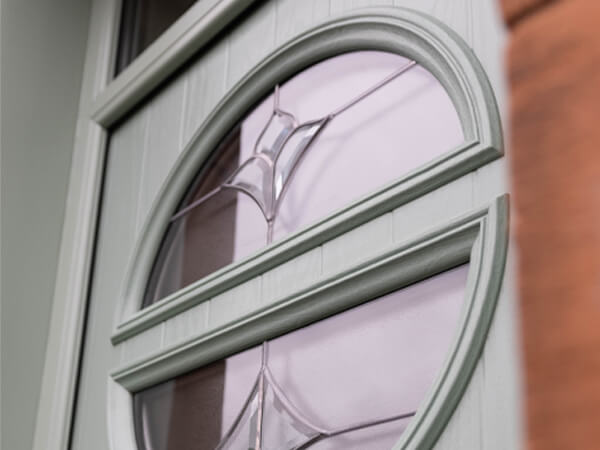
Hopefully, we’ve helped you get your head around replacement doors and it’s brought clarity as to what door should secure your investment. If it’s a door we sell, request a quote.
LOOKING FOR A NEW REPLACEMENT DOOR?
From French and patio to bi-folding, we offer an incredible variety of doors inlcuding the latest front and back door designs, all of which are made to measure for the perfect fit to your home.
LOOKING FOR A NEW REPLACEMENT DOOR?
From French and patio to bi-folding, we offer an incredible variety of doors inlcuding the latest front and back door designs, all of which are made to measure for the perfect fit to your home.
REQUEST YOUR FREE QUOTE
Simply fill in your details for your free, no obligation quotation, and click "Get Quote"